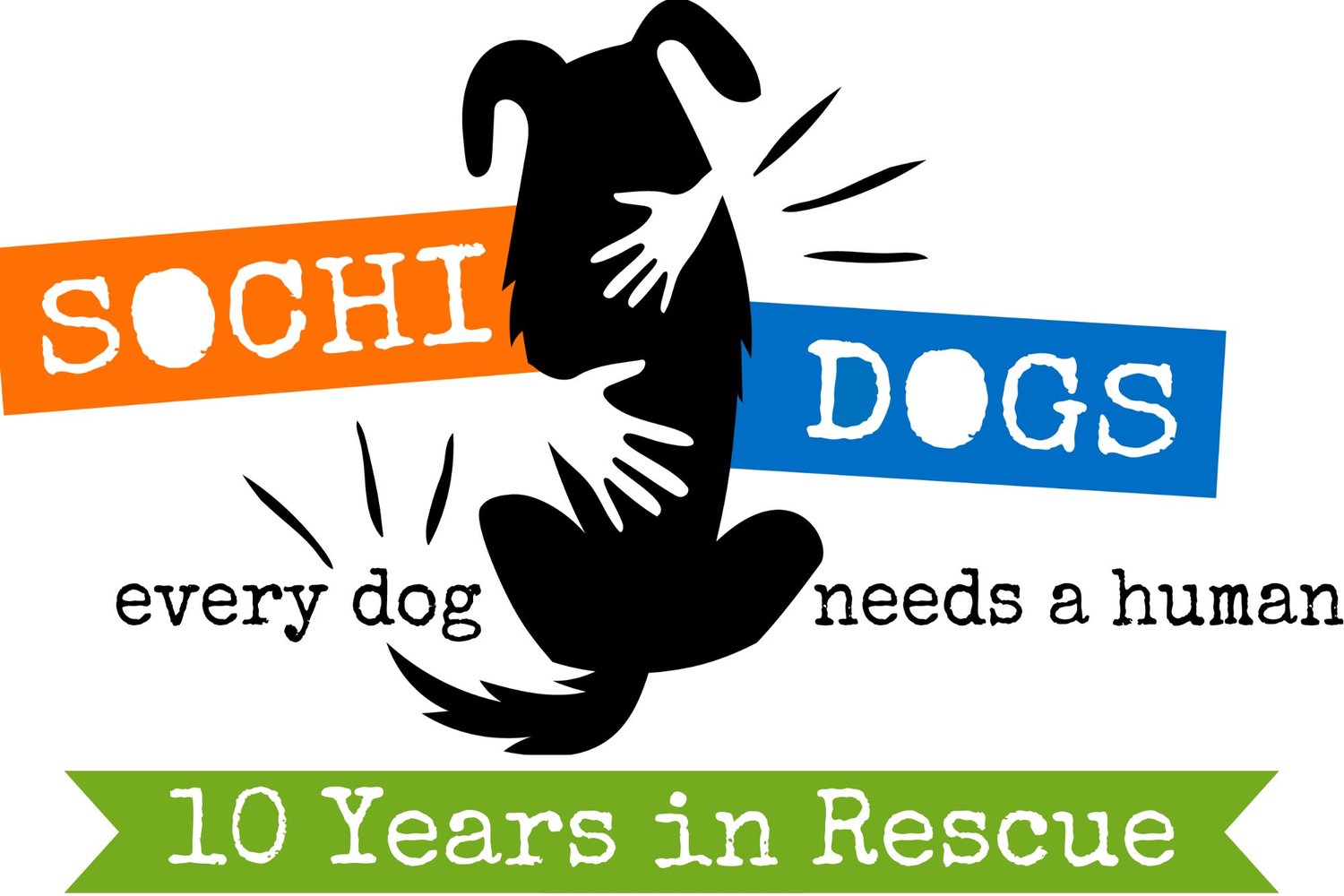Fetch or keep-away? How to teach your dog to return his ball every time
By Anne Handschack
https://spiritdogtraining.com/
Nearly all dogs love to play fetch - but not all dogs like to actually return the ball to their owner! A nice game of fetch quickly turns into a tiring round of keep-away in which you throw the ball once and then spend a couple of minutes chasing your dog around. In my work as a dog trainer, teaching dogs to fetch is one of the top 5 requests owners have for me.
Today I will share why dogs do not like returning the ball - and how you can convince them that this is actually an important part of the game.
Why dogs don’t like to bring the ball back
The reason why dogs like to run after balls in the first place is their chase instinct. This goes back many hundreds of years to our dog’s ancestor: the wolf. Even the smallest Chihuahua or Pug still has a strong instinct to pursue quick motion. Running after a thrown ball is a no-brainer for dogs: It is just like chasing prey!
Bringing the ball back however is not actually a part of the predatory sequence. Once a dog or wolf has caught his prey, they are going to find a quiet place to eat it. Which is exactly what many dogs do with their toys: Running away or finding a place to lie down and chew the toy.
Essentially - the game of fetch we made up for our dogs is 50% pure instinct (when it comes to running after the ball) and 50% learned behavior.
(Note: There are some breeds, notably retrievers, who are naturally perfect at fetching. If you have a Golden Retriever, a Doodle mix or a Labrador - your dog may already fetch perfectly well. Nearly all other dogs are not born fetch masters, however.)
How to make returning the ball a part of the prey sequence
In order to encourage our dogs to return the ball, we need to make it a part of the predatory sequence. Remember: As long as your dog is chasing something, he is happy and will gladly participate. So how do we make retrieving like chasing?
The key is to start playing with multiple balls at once. This will work especially well if you are using squeaky balls. The more you have, the better. To start out, grab at least 4 or 5. Make sure they are identical - otherwise your dog may pick a “favorite” out of them and not pursue any other ones.
Throw the first ball for your dog. Wait for him to run to it and pick it up. Once he has it in his mouth and is looking back towards you, squeak another ball and bounce it up and down.
Chances are that your dog’s attention will shift to this ball in your hand - this is what he wants now!
Throw this second ball for him into the opposite direction. Don’t worry about whether he brings the first ball all the way to you or drops it right away. We want to teach him that “the hunt” continues right after he picks up the first ball.
After he picks up the second ball, squeak and bounce the third ball and throw it … and so on. Do this until you are out of balls, then take a break and collect all balls and start over.
What this will achieve
When you first start this, your training will probably seem confusing, with balls flying everywhere. You can play it in narrow spaces such as a hallway to make it a bit more controlled. Some “wildness” however is completely normal when starting out.
The reason we are using multiple balls and throwing them into alternating directions left and right is that we want to change what our dog does after picking up a ball.
So he would:
● Run after the ball
● Pick it up
● Runaway with it while making you chase him
With our new approach, we will teach him that the actual sequence is:
● Run after the ball
● Pick it up
● Run back to the owner in expectation for the next ball to be thrown
It is important that you continue playing with several balls for a while. The longer your dog’s fetching has been a problem, the longer you should practice with multiple balls. This way we can start to “reprogram” what he expects is going to happen after picking up a ball.
By keeping on throwing balls, we are turning retrieves into just another chase. Retrieving the first ball turns into chasing the second, and retrieving the second turns into chasing the third and so on. As we already know: Dogs are great at and really enjoy chasing!
Fading the extra balls
Once your dog is really solid in fetching multiple balls, you can slowly start to reduce the amount of balls you are playing with. Do this gradually. If you have your dog go “cold turkey” from playing with six balls to playing with one, chances are he will regress. Instead, reduce the amount of balls you play with by just one in every session.
If you have spent sufficient time at the prior steps, your dog is now running back quickly after picking up because he expects you to throw another ball in the opposite direction. Eventually, you can go down to playing this game with just two balls. And in the last step, you can simply take the ball from your dog as he is racing back to you and throw it again.
The Bottom Line
The reason dogs struggle to retrieve is that they do not see “returning the ball” as part of the predatory sequence. To them, only chasing the ball is the fun part.
By using multiple balls that we throw into alternating directions we can make the retrieval of one ball the hunt of the next.
Over time we will fade the number of balls used until we are back to playing with one ball - and this one gets returned every time.


